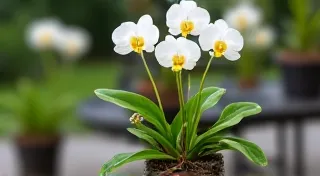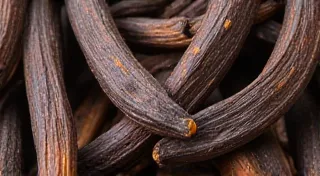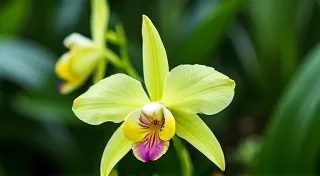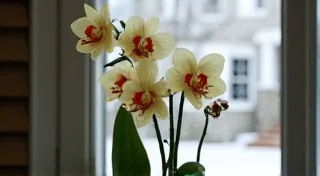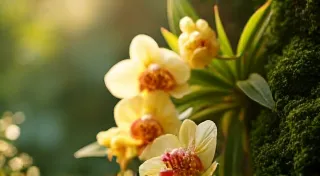The Ultimate Guide to Growing Vanilla Beans at Home
Growing vanilla beans at home might sound like a dream—a tropical indulgence in your own backyard. While it’s undeniably challenging, it's also incredibly rewarding. This comprehensive guide will walk you through every step of the process, from choosing the right variety to the sweet satisfaction of harvesting your own vanilla beans.
Understanding the Vanilla Bean Plant
Vanilla beans come from the Vanilla planifolia orchid, a climbing vine that thrives in warm, humid environments. It's a tropical plant, meaning it needs a climate that mimics its native habitat in Mesoamerica. Don’t be fooled by its delicate appearance; it's a resilient plant, but requires dedication and understanding of its needs. The history and cultural significance of this fascinating plant are rich and widespread, a testament to its value throughout history. You might find the history and cultural significance of vanilla quite enlightening.
Choosing the Right Vanilla Variety
While Vanilla planifolia is the most common and easiest to cultivate, there are other varieties. Consider your climate and experience level:
Vanilla planifolia: The most popular choice, known for its robust flavor and adaptability.
Vanilla tahitiensis: Produces a lighter, more delicate flavor. Requires slightly warmer temperatures.
Vanilla pompona: A less common variety with a spicier flavor profile.
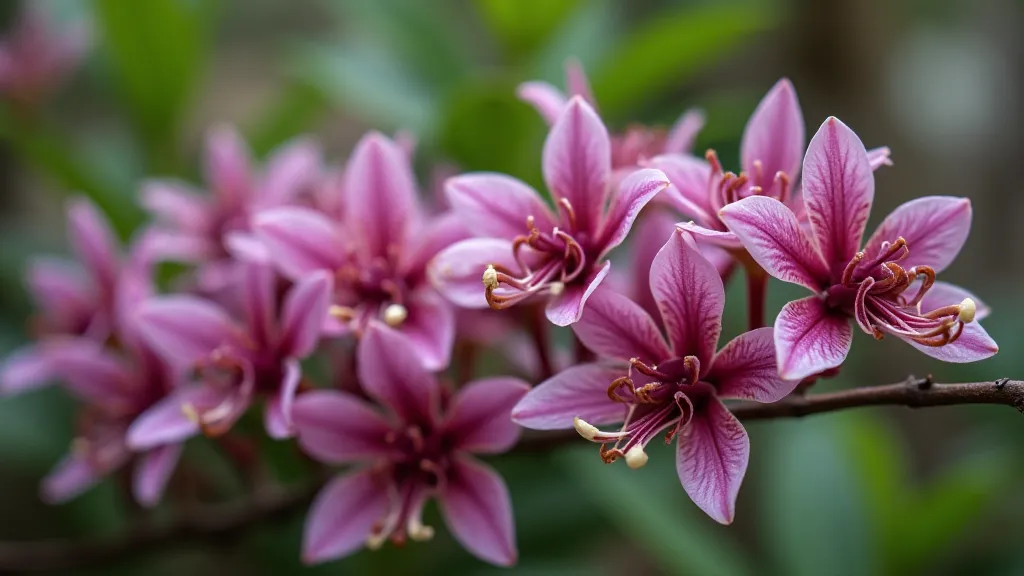
Essential Growing Conditions
Vanilla orchids are demanding plants, needing very specific conditions to flourish.
Light:
They thrive in dappled sunlight. Direct sunlight can scorch the leaves, while too little light will result in weak growth and poor flowering.
Temperature:
Ideal temperatures range from 68°F to 86°F (20°C to 30°C). They can tolerate brief periods of cooler temperatures, but prolonged exposure to cold will damage the plant.
Humidity:
High humidity is crucial – aim for 70-80%. This can be achieved through regular misting, using a humidifier, or growing the orchid in a greenhouse or enclosed space. Maintaining the correct humidity is one of the most important aspects of successful cultivation, and the right watering practices play a vital role. For more insight into vanilla bean watering & humidity, consider exploring a detailed guide.
Soil:
Vanilla orchids need a well-draining, aerated potting mix. A blend of orchid bark, peat moss, and perlite is a good option.
Support:
Vanilla is a climbing vine. Provide a trellis, fence, or other sturdy support structure for the plant to climb on. This encourages growth and improves air circulation.
Propagation
Vanilla plants are typically propagated through cuttings. This process can be slow, taking several months to a year before roots develop. You can also purchase established seedlings.
Flowering and Pollination
Vanilla orchids produce beautiful, fragrant flowers that only last for a single day. They need to be hand-pollinated. This is because vanilla orchids do not have a natural pollinator, unlike many other flowering plants.
Hand Pollination: Using a small tool (or a toothpick), transfer pollen from the anther (the structure containing the pollen) to the stigma (the sticky surface where the pollen needs to land). This must be done within a few hours of the flower opening.
Harvesting and Curing
Approximately 8-9 months after flowering and successful pollination, the vanilla bean pods will ripen. Harvesting occurs before they fully ripen on the vine. This is typically done by gently twisting the pods from the plant.
Curing: This is the most crucial and time-consuming part of growing vanilla. It involves a process of sweating, drying, and conditioning the beans to develop their characteristic flavor and aroma. This usually takes 3-6 months. After the beans are harvested, many enthusiasts go on to extract their own vanilla. A great path to explore afterwards is learning how to create your own DIY vanilla extract from your home-grown beans!
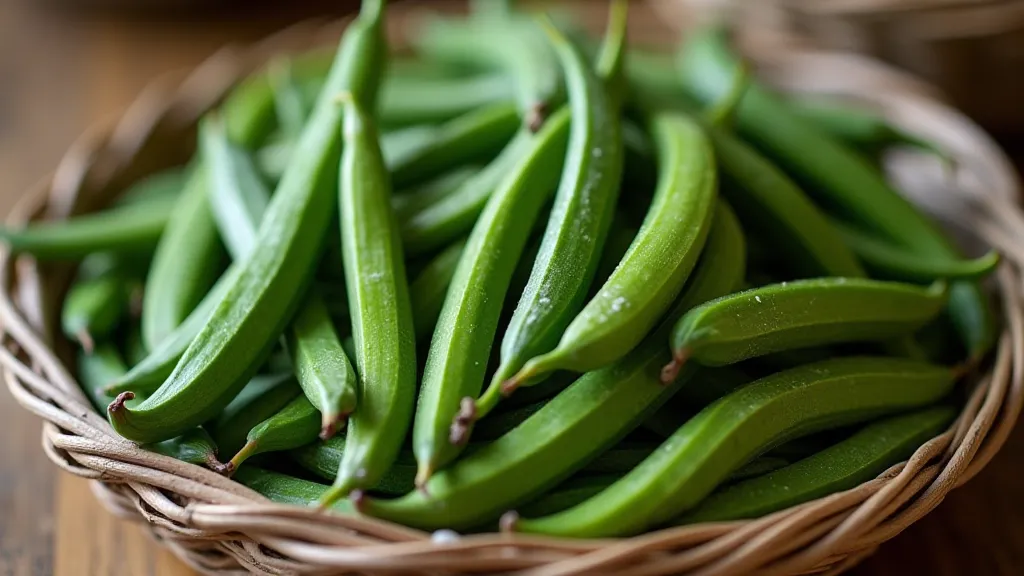
Common Challenges and Solutions
Pests: Mealybugs, aphids, and spider mites can be a problem. Regularly inspect your plant and treat infestations with insecticidal soap.
Diseases: Root rot can occur if the soil is not well-draining. Ensure proper watering and good air circulation.
Lack of Flowering: Insufficient light, inadequate nutrients, or temperature stress can prevent flowering.
The Economics of Home-Grown Vanilla
While growing your own vanilla can be a deeply rewarding experience, it's also natural to wonder about the financial implications. Can you actually profit from your efforts? The reality is that the upfront investment—including the cost of plants, equipment, and potential greenhouse infrastructure—can be substantial. Furthermore, the long maturation time, the intensive labor involved in pollination and curing, and the risk of crop failure can impact profitability. For a deeper dive into the economics of home-grown vanilla, explore this complementary article.
Final Thoughts
Growing vanilla beans at home is a challenge, but the rewards are incredibly sweet. With dedication, patience, and a little bit of luck, you can enjoy the unique flavor and aroma of your own home-grown vanilla. The process is far from simple, and a deep understanding of each step is essential for success. From the initial selection of the right variety to the meticulous curing process, every detail matters. It's a journey that requires commitment, but the satisfaction of harvesting and savoring your own vanilla is truly unparalleled.
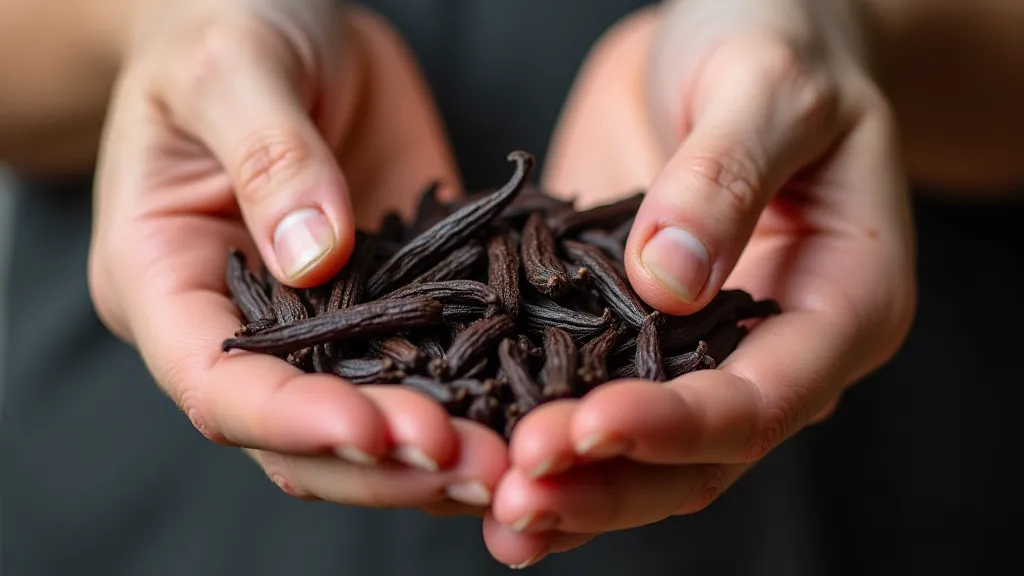 Troubleshooting Common Issues
Let's delve into some of the most frequent hurdles faced by aspiring vanilla growers and how to overcome them. These include pest infestations, diseases, and issues related to flowering and pollination.
Pest Control Strategies
Mealybugs, aphids, and spider mites are common pests that can wreak havoc on your vanilla plants. Regularly inspect your plants for signs of infestation, such as sticky residue, distorted leaves, or webbing. Organic pest control methods, such as insecticidal soap and neem oil, are generally effective. Prevention is key; maintaining a clean growing environment and ensuring good air circulation can help deter pests.
Disease Management
Root rot is a significant threat, particularly if your soil isn't well-draining. Choose a potting mix specifically formulated for orchids, and ensure your pots have drainage holes. Overwatering is a common cause of root rot, so allow the soil to dry out slightly between waterings. Fungal diseases can also occur, especially in humid environments. Good air circulation and the use of fungicides can help prevent these issues.
Boosting Flowering and Pollination
If your vanilla plant isn't flowering, consider factors such as light levels, nutrient availability, and temperature. Vanilla plants need bright, dappled sunlight to thrive, but direct sunlight can scorch the leaves. Fertilize your plants regularly with a balanced orchid fertilizer. Temperature stress can also inhibit flowering, so ensure your plants are protected from extreme temperatures. Remember that hand-pollination is essential for fruit development – don't miss this critical step!
Expanding Your Vanilla Growing Knowledge
This guide has provided a comprehensive overview of growing vanilla beans at home, but there's always more to learn. Continuous research and experimentation are key to improving your skills and maximizing your yields. Consider joining online forums or local gardening clubs to connect with other vanilla growers and share experiences. Don't be afraid to try new techniques and adapt your methods to suit your specific climate and growing conditions. The journey of growing vanilla is a lifelong learning experience, filled with both challenges and rewards.
Troubleshooting Common Issues
Let's delve into some of the most frequent hurdles faced by aspiring vanilla growers and how to overcome them. These include pest infestations, diseases, and issues related to flowering and pollination.
Pest Control Strategies
Mealybugs, aphids, and spider mites are common pests that can wreak havoc on your vanilla plants. Regularly inspect your plants for signs of infestation, such as sticky residue, distorted leaves, or webbing. Organic pest control methods, such as insecticidal soap and neem oil, are generally effective. Prevention is key; maintaining a clean growing environment and ensuring good air circulation can help deter pests.
Disease Management
Root rot is a significant threat, particularly if your soil isn't well-draining. Choose a potting mix specifically formulated for orchids, and ensure your pots have drainage holes. Overwatering is a common cause of root rot, so allow the soil to dry out slightly between waterings. Fungal diseases can also occur, especially in humid environments. Good air circulation and the use of fungicides can help prevent these issues.
Boosting Flowering and Pollination
If your vanilla plant isn't flowering, consider factors such as light levels, nutrient availability, and temperature. Vanilla plants need bright, dappled sunlight to thrive, but direct sunlight can scorch the leaves. Fertilize your plants regularly with a balanced orchid fertilizer. Temperature stress can also inhibit flowering, so ensure your plants are protected from extreme temperatures. Remember that hand-pollination is essential for fruit development – don't miss this critical step!
Expanding Your Vanilla Growing Knowledge
This guide has provided a comprehensive overview of growing vanilla beans at home, but there's always more to learn. Continuous research and experimentation are key to improving your skills and maximizing your yields. Consider joining online forums or local gardening clubs to connect with other vanilla growers and share experiences. Don't be afraid to try new techniques and adapt your methods to suit your specific climate and growing conditions. The journey of growing vanilla is a lifelong learning experience, filled with both challenges and rewards.



